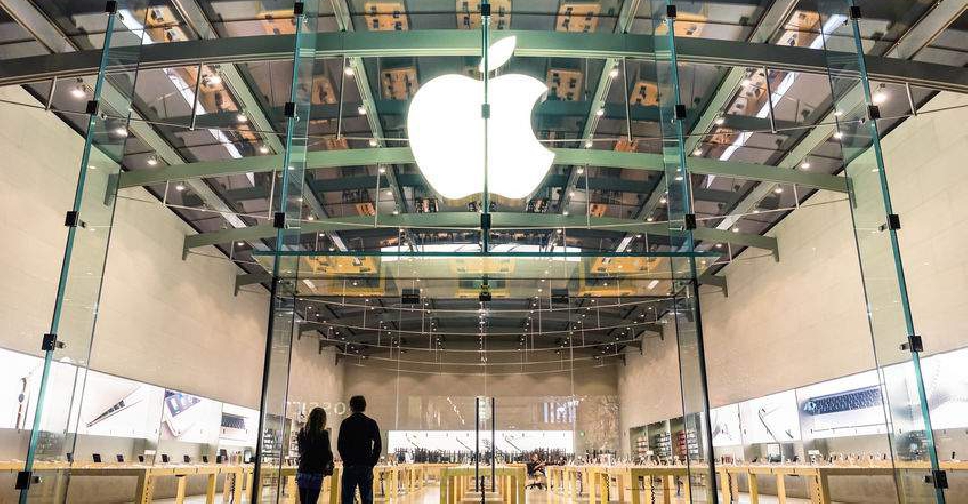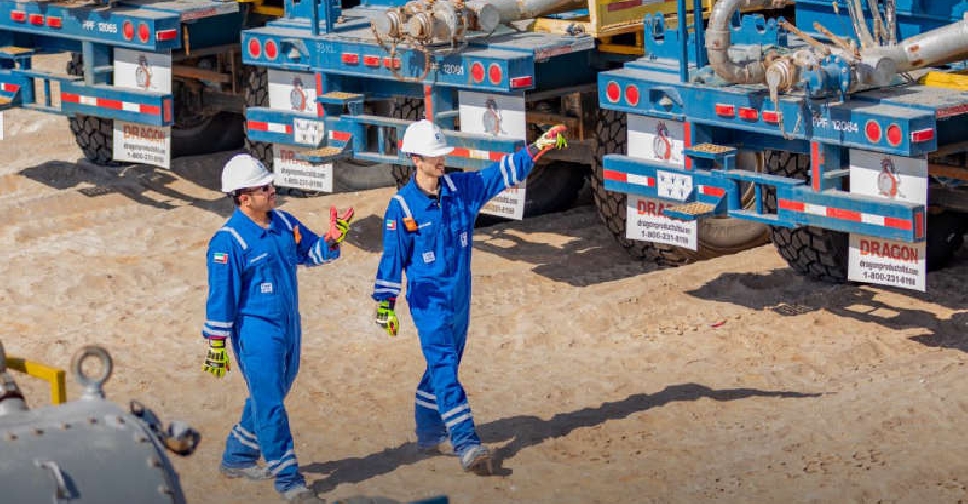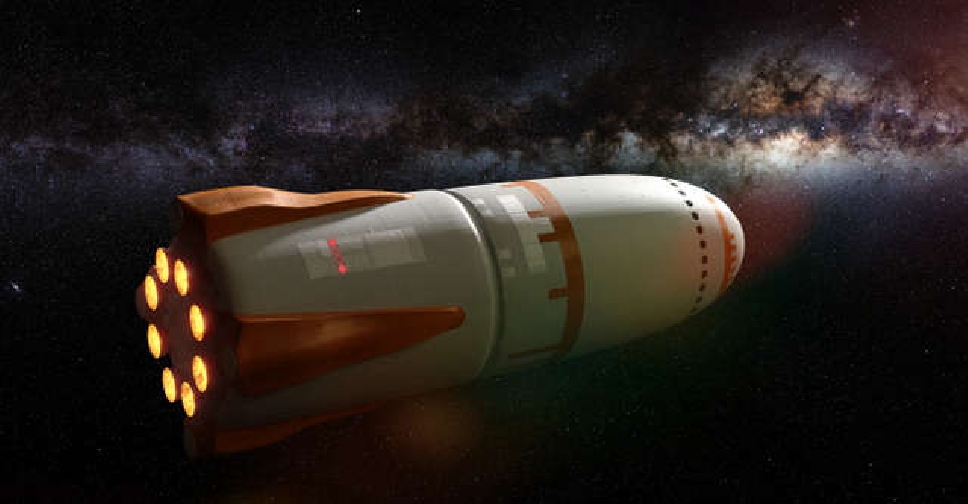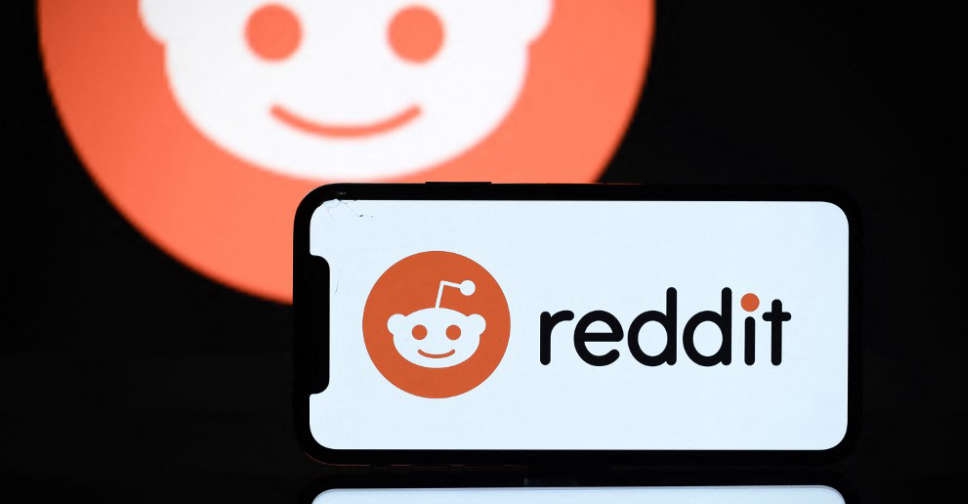
Apple has announced a major acceleration of its work to expand recycled materials across its products, including a new 2025 target to use 100 per cent recycled cobalt in all Apple-designed batteries.
This announcement comes as part of Apple's ongoing commitment to reduce its carbon footprint and protect the planet.
In addition to the new cobalt target, Apple also revealed that by 2025, magnets in its devices will use entirely recycled rare earth elements, and all Apple-designed printed circuit boards will use 100 per cent recycled tin soldering and 100 per cent recycled gold plating.
Cobalt is considered a "dirty mineral" owing to the adverse impact on the environment of its mining as well as reports of exploitation in mines.
In 2022, the company significantly expanded its use of key recycled metals, and now sources over two-thirds of all aluminum, nearly three-quarters of all rare earths, and more than 95 per cent of all tungsten in Apple products from 100 per cent recycled material. This rapid progress brings Apple closer to its aim to one day make all products with only recycled and renewable materials, and advances the company’s 2030 goal to make every product carbon neutral.
"Every day, Apple is innovating to make technology that enriches people’s lives, while protecting the planet we all share," said Tim Cook, Apple’s CEO. "From the recycled materials in our products, to the clean energy that powers our operations, our environmental work is integral to everything we make and to who we are. So we’ll keep pressing forward in the belief that great technology should be great for our users, and for the environment."
Apple has significantly expanded the use of 100 per cent certified recycled cobalt over the past three years, making it possible to include in all Apple-designed batteries by 2025. In 2022, a quarter of all cobalt found in Apple products came from recycled material, up from 13 per cent the previous year. Cobalt is a critical material in the batteries used in most consumer electronics, including Apple devices, enabling high energy density while also meeting Apple’s robust standards for longevity and safety. Apple-designed batteries found in iPhone, iPad, Apple Watch, MacBook, and many other products represent a significant majority of the company’s use of cobalt.
The company’s use of 100 per cent certified recycled rare earth elements has greatly expanded in the last year as well, going from 45 per cent in 2021 to 73 per cent in 2022. Since first introducing recycled rare earths in the Taptic Engine of iPhone 11, Apple has expanded its use of the material across its devices, including in all magnets found in the latest iPhone, iPad, Apple Watch, MacBook, and Mac models. As magnets are by far Apple’s largest use of rare earths, the new 2025 target means nearly all rare earths in Apple products will soon be 100 per cent recycled.
As part of the accelerated new timeline, all Apple-designed printed circuit boards will use 100 per cent certified recycled gold plating by 2025. This includes rigid boards, such as the main logic board, and flexible boards, like those connecting to the cameras or buttons in iPhone. Since pioneering an exclusively recycled supply chain for gold in the plating of the main logic board for iPhone 13, Apple has extended the material’s use in additional components and products, including the wire of all cameras in the iPhone 14 lineup, and printed circuit boards of iPad, Apple Watch, AirPods Pro, MacBook Pro, Mac mini, and HomePod. In the long run Apple hopes that being a "green company" will make it more attractive to the consumer.

 ADNOC Drilling awarded AED6.24bn contract to unlock UAE’s unconventional energy resources
ADNOC Drilling awarded AED6.24bn contract to unlock UAE’s unconventional energy resources
 EHRDC offer 50 private-sector job opportunities for Emiratis
EHRDC offer 50 private-sector job opportunities for Emiratis
 Tokyo startup to develop reusable rocket
Tokyo startup to develop reusable rocket
 OpenAI strikes deal to bring Reddit content to ChatGPT
OpenAI strikes deal to bring Reddit content to ChatGPT
 Emirates set to resume Nigeria flights
Emirates set to resume Nigeria flights




